Its a cold foggy day, but my I continue to move forward on this journey. Topic of the Day: Cancer Cells
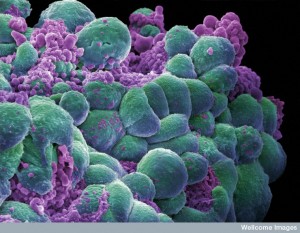
Two different methods were described to us aspiring students. It seems that cancer cells have different properties from regular cells. Therefore by changing the genetics of our nanoparticles, we are able to target the cancer cells exclusively. The professor talked about using light and pH yet why not use other characteristics that can be predicted. One effort they put out is to utilize light to activate the nanoparticles, but how does that work? If nanoparticles are spreard across our body, then as we go out, and instantly all nanoparticles are set off and eject what substance they carry? Light is pointless because we are not simple cave creatures

Yet this can simply be a misunderstanding. I still question the research that they are completing. I still believe that pH can be a benefit to our research because cancer cells are supposed to have a lower pH. One thing I found interesting though is the steps that are found within this research. As society, we found it so common just to find all our medecine and remedials layed out at the local super market, but here the researcher directly tell us the stages of getting drugs approved, which proved to be an eye opener. Drugs may be crucial to the developement and safety of us, but we have made improvements in what seems to be the most usefless invention: the Nanosilver Socks. I truly don’t get the point of this because smelly socks isn’t the most devastating issue of the world. Sure it can be helpful, in a pointless way, but why risk it when people are complaining of its effects in the environement. Is it that important to make profit off such a stupid invention, when it can have the ability of ruining our ecosystem. Well that’s my two cents. This is steven lim and this is the second day. Let us embark on our fantastic journey together. Over and out.

http://www.nano-silver.com/
http://www.cancerhelp.org.uk/help/default.asp?page=96
http://en.wikipedia.org/wiki/Nanoparticle
http://web.jjay.cuny.edu/~acarpi/NSC/7-ph.htm
http://www.visionlearning.com/library/module_viewer.php?mid=48

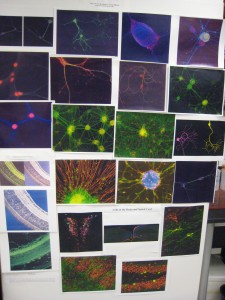
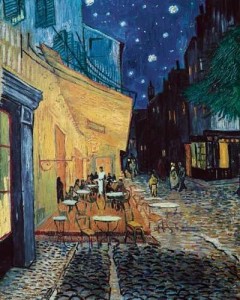
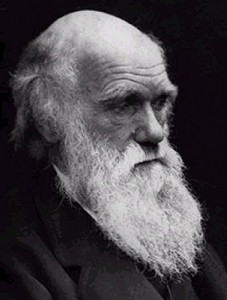
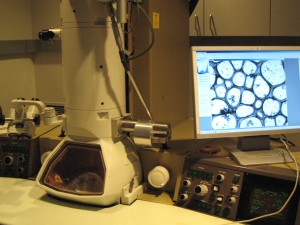

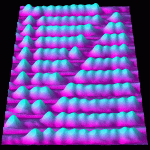



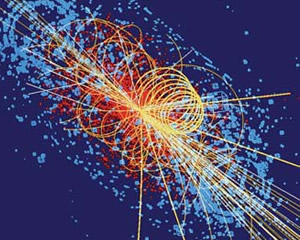

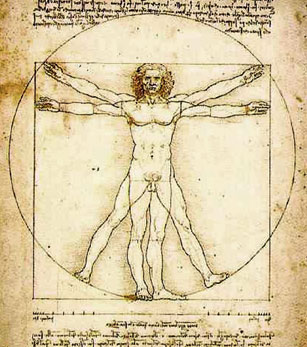



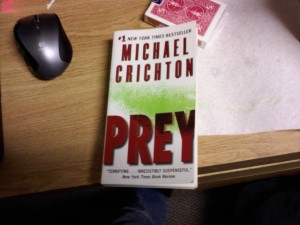

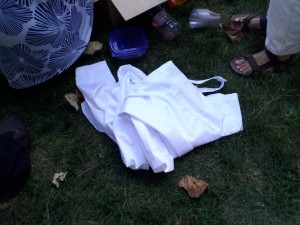
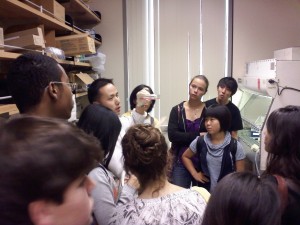



 Well in any case, what I feel like blabbering about is a bit farther away from the topic of Visualization in Science and Art, but still vaguely connected to something we went over that day. Well, in the early morning, when Rita and Gau were presenting for us, Gau showed a clip about that one site called Foldit. I was quite intrigued and went clicky-clicky on the site just now.
Well in any case, what I feel like blabbering about is a bit farther away from the topic of Visualization in Science and Art, but still vaguely connected to something we went over that day. Well, in the early morning, when Rita and Gau were presenting for us, Gau showed a clip about that one site called Foldit. I was quite intrigued and went clicky-clicky on the site just now.



